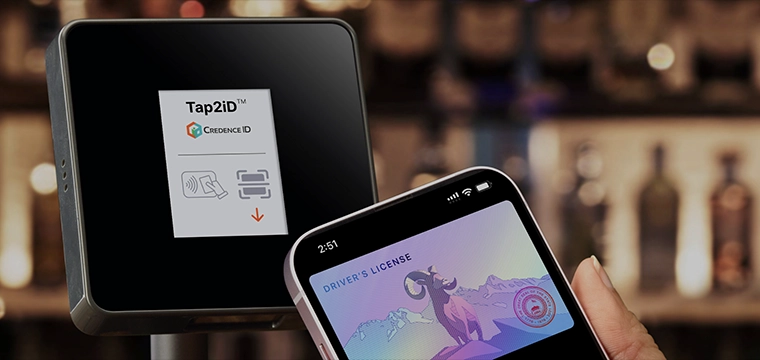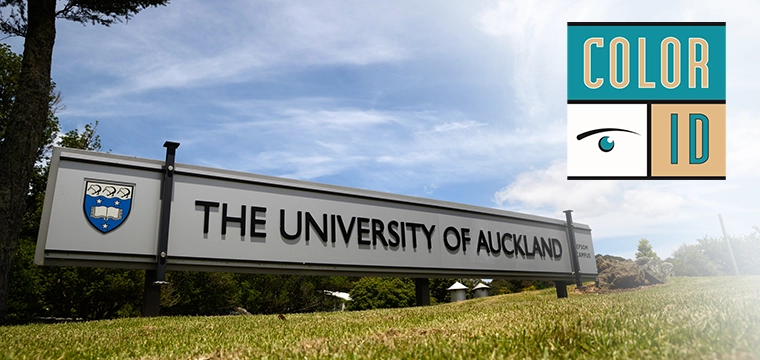Michigan ends smart card aspect of program
It began as the largest smart card deployment in the U.S., but in July of 2001 the University of Michigan announced that it would discontinue support for the chip element of its ID card. Originally issued in 1995, the chip-based Mcard was one of the first programs to integrate a magnetic stripe and chip on the same card.
The Mcard offered stored value and banking functionality along with support for dining, access control, library circulation and other legacy applications. The new card will continue to support all applications with the exception of stored value.
The chip-based Mcard was the brainchild of Bob Russell, the former Assistant Director of Financial Operations at the University of Michigan who died of a heart attack last spring. Lacking a champion and suffering from low usage, relative high cost and unmet expectations, the chip program was eliminated in favor of a lower cost magnetic stripe-only card.
For the first years of the Mcard program, it ranked among the largest issuances of smart cards in North America. It was praised as a showcase for advanced card technology in the U.S., a country that lagged far behind Europe in the acceptance and utilization of smart cards. The technology was purchased from Schlumberger/DANYL (now SchlumbergerSema) and financial services including traditional banking functions and stored value processing were provided by First of America (now National City).
But while the system was widely publicized, it was never fully expanded across the campus. According to sources at the University, only about sixty point of sale locations were available. Few points of acceptance certainly played a part in the low usage that was cited as cause for the chip discontinuance.
The summer of the open system
It was little secret that the University was looking for more. Lower than expected card usage and waning national attention for single function chip technology influenced the decision to release an RFP for the next generation Mcard. The buzz at the time had moved to ‘open systems’–cards that could be utilized on the campus and anywhere else in the world that accepted the payment vehicle. Visa was promoting its VisaCash stored value cards and Mastercard was focusing on the Mondex system. The RFP, issued in the Summer of 1998, called for a financial institution to serve as prime contractor for a project that would issue new cards that could be used in open environments.
The bidder’s conference, held on Ann Arbor campus, was packed with potential respondents. After numerous delays, the bid was eventually awarded to a Citigroup-led consortium that planned to issue VisaCash cards but the project never materialized. The University, it would seem, attempted to use its considerable leverage to attract a party willing to absorb the system costs in return for the use of the program as a technology showcase for open system smart cards. In the end, the high dollar figures and the technical difficulties regarding certain elements led to the project’s abandonment.
Ramifications of Michigan’s decision?
As a result of Michigan’s decision, questions have risen regarding the viability of smart cards on a university campus. According to Peter Quadagno, Principal of Quadagno & Associates, this move by the University of Michigan is product, not technology oriented.
“The Mcard development doesn’t speak to the viability of the smart card technology in general,” says Quadagno, “it was really a matter of a product being ill-suited for the environment at that University.”
The launch of the new card coincides with other program changes, including a new banking partner for the Mcard program, the removal of the Social Security number encoded on the magnetic stripe, and availability of the digitized photo to cardholders for a fee. While the old Mcards will continue to be accepted, cards issued beginning in June of 2001 will utilize a magnetic stripe only.
|| Visit the University of Michigan’s card program on the web at http://www.mcard. umich.edu/index.html. ||




